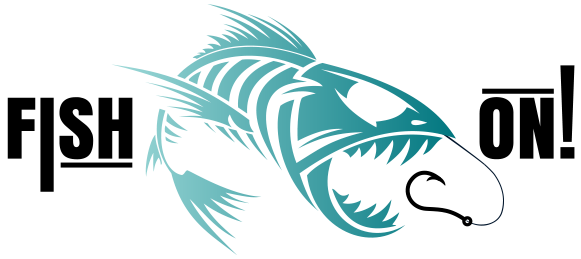Unleashing the Frenzy: Decoding Sonar and Triggering Red Snapper Mania
Share
Unleashing the Frenzy: Decoding Sonar and Triggering Red Snapper Mania
Today I want to share with you all, some of the tips and techniques I use for firing up the Red Snapper bite, not only does this help get them chewing, it draws them in from hundreds of yards away.
Imagine gazing at your sonar screen, not just seeing a few scattered marks, but witnessing an explosion of life – a chaotic, thrilling depiction of American Red Snapper in a full-blown feeding frenzy. It's a sight every angler dreams of, and understanding what you're seeing on your electronics, along with how to instigate such an event, can revolutionize your fishing success.

Our recent sonar image perfectly encapsulates this underwater pandemonium. What stands out immediately is the distinct pattern of the red snapper. Unlike their usual bottom-hugging behavior, these fish are clearly depicted rising significant distances off the seabed. This isn't just a casual ascent; it's a dynamic, vertical movement indicative of aggressive feeding. The tell-tale signs are the dense, elongated marks stretching up from the bottom, showing fish rapidly ascending to intercept incoming baits. Before your lead even kisses the seafloor, these eager snapper are already attacking, demonstrating an almost competitive zeal to strike.
While red snapper dominate this particular scene, the sonar also reveals a broader tapestry of marine life. Scattered marks throughout the water column indicate the presence of other species, perhaps opportunistic amberjack, grouper, or even various baitfish, all drawn to the same vibrant ecosystem. This diversity underscores the rich productivity of the reef or wreck structure we're targeting. However, the sheer density and aggressive posture of the red snapper tell us they are the primary players in this feeding event.
So, how do you turn a good fishing spot into a feeding frenzy hotspot? The answer lies in the strategic deployment of chum. While many anglers use frozen chum blocks, an incredibly effective method involves using sunken chum blocks in bags tied to concrete sprinkler rings. This ingenious setup offers several advantages.
First, the concrete sprinkler rings provide the necessary weight to anchor the chum directly on or near the bottom, precisely where red snapper often congregate. This ensures your attractant isn't swept away by currents, concentrating its appeal in the target zone. Second, placing the chum in bags (such as onion sacks or mesh bags) allows for a slow, consistent release of scent and particles. Rather than a quick burst that dissipates rapidly, the chum slowly leaches out, creating a persistent scent trail that draws fish from a wider area and keeps them interested for longer.
To truly get them fired up, consider deploying several of these chum stations. The goal is to create a "chum slick" that permeates the water column around your chosen structure. As the scent disperses, it acts as an irresistible dinner bell, pulling in not just red snapper but also other predatory fish. Once the fish are in the vicinity, the visual cues of the suspended chum particles, combined with the intense aroma, switch them into a heightened feeding mode.
This is where the magic happens. As the fish become more agitated and competitive, they start to move up in the water column, exactly as our sonar image depicts. They're no longer content to wait for a bait to hit the bottom; they're actively searching and aggressively pursuing anything that looks like food. This aggressive behavior makes them incredibly susceptible to well-presented baits, often leading to multiple hookups and an unforgettable fishing experience.
By understanding what a true feeding frenzy looks like on your sonar and by strategically deploying chum, you can transform an ordinary fishing trip into an extraordinary one, experiencing the thrill of reeling in these powerful, feisty American Red Snapper as they compete for every bite.

